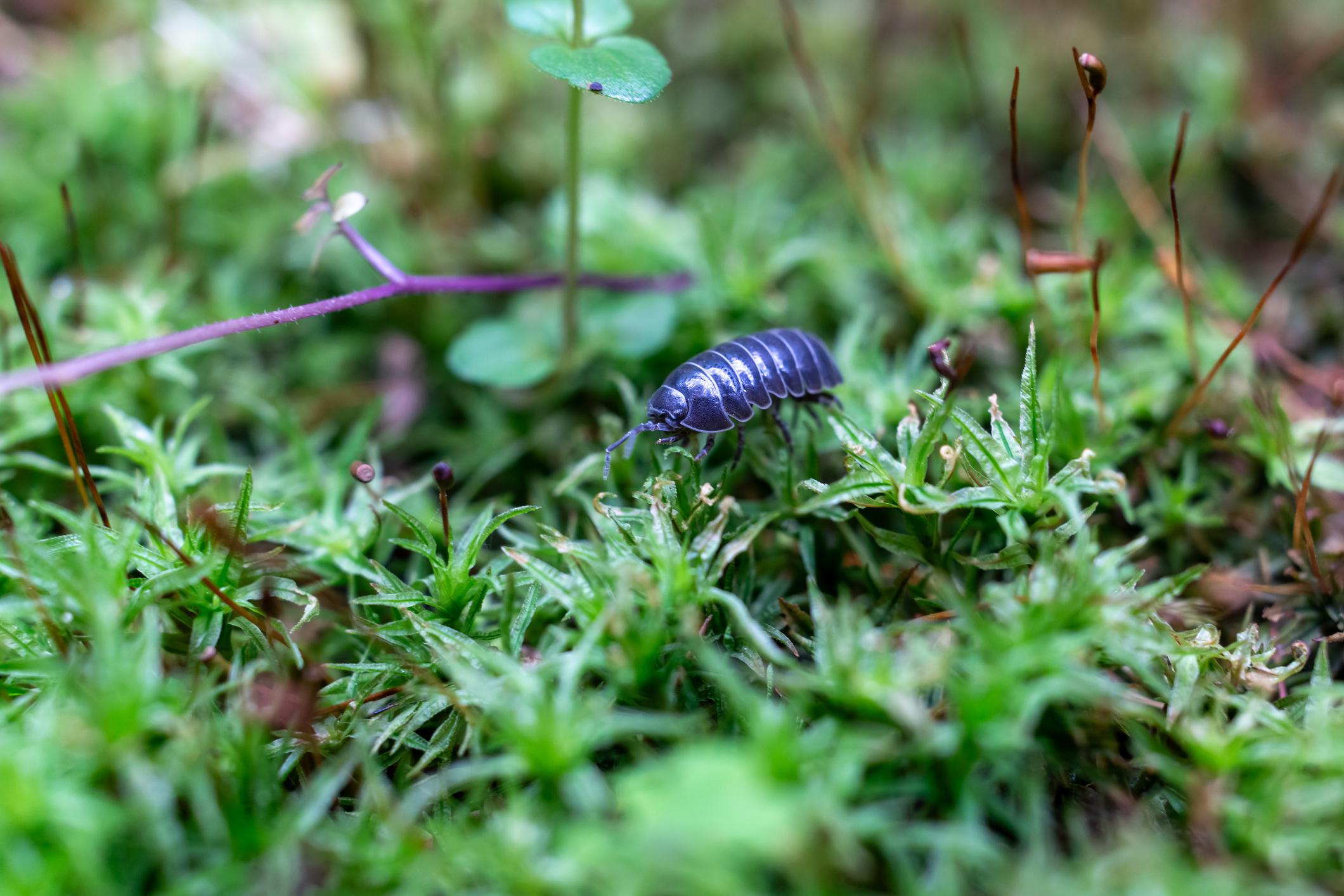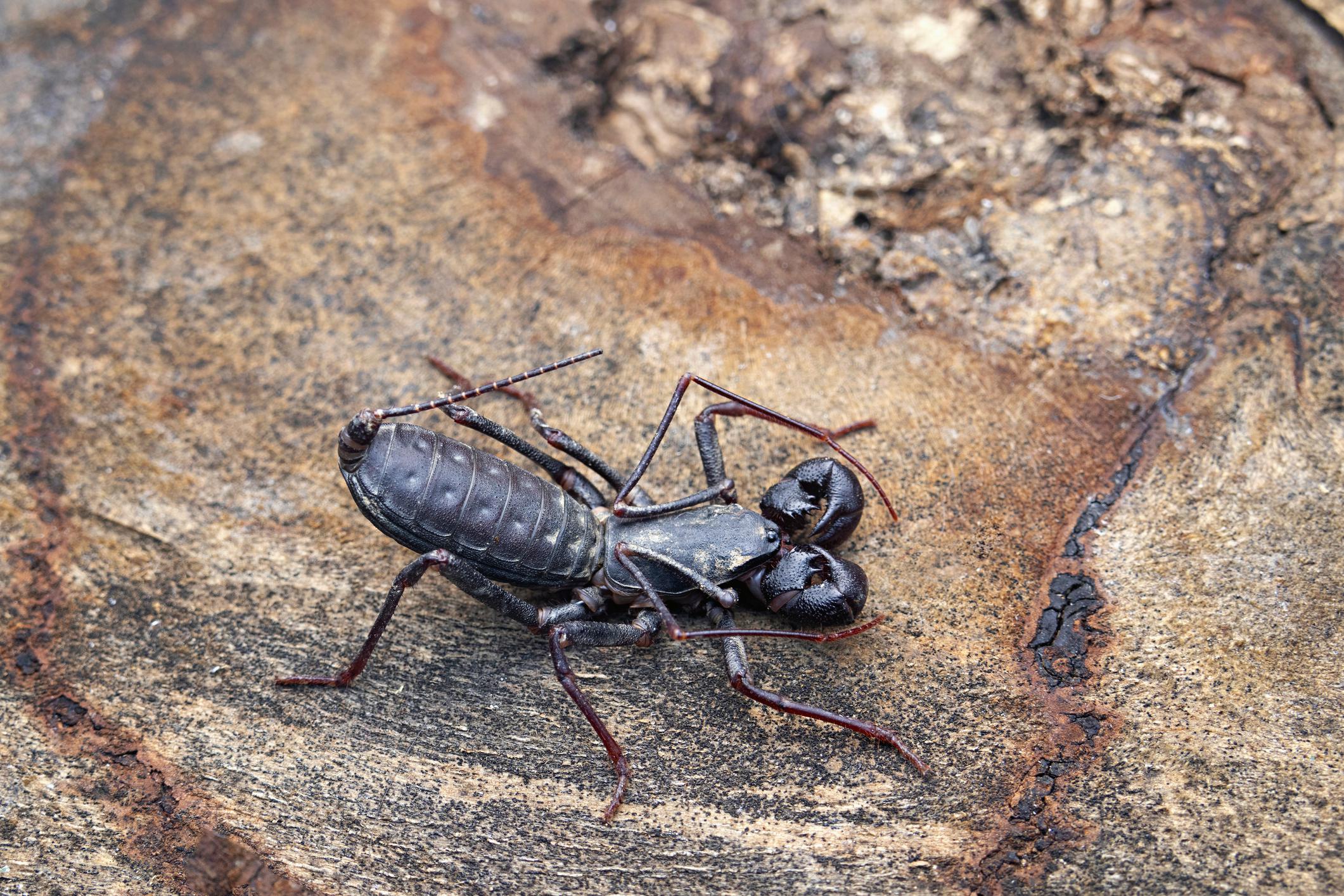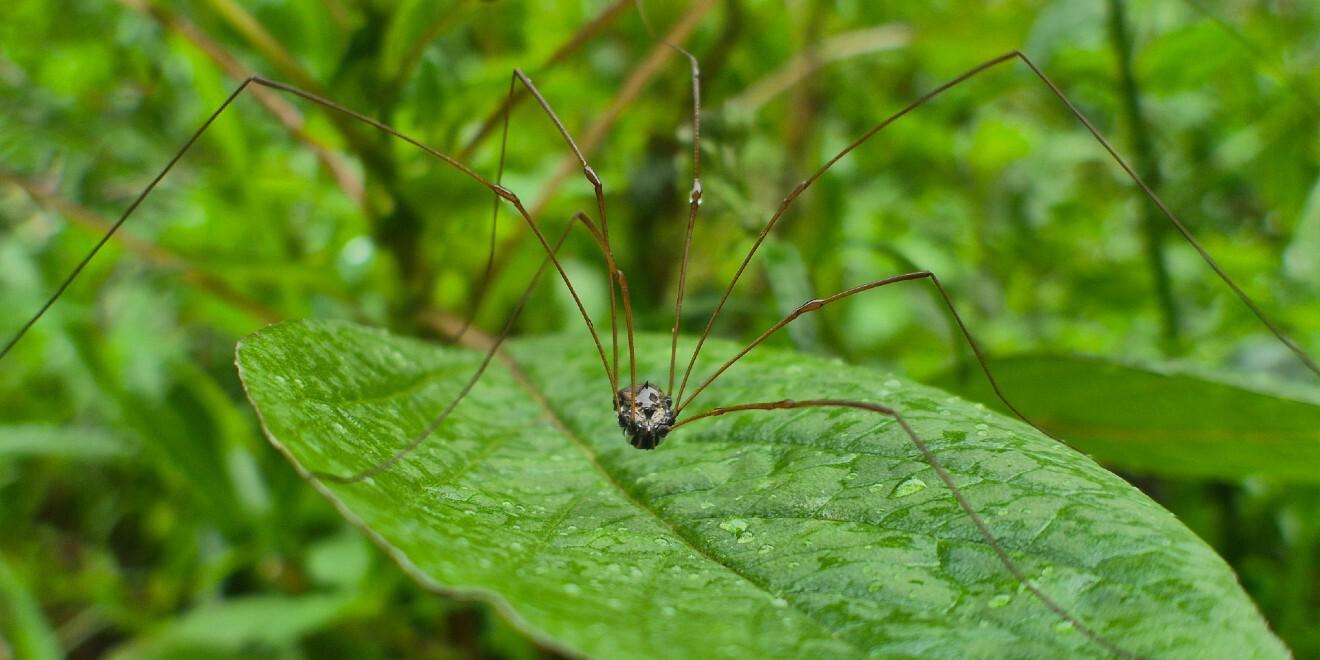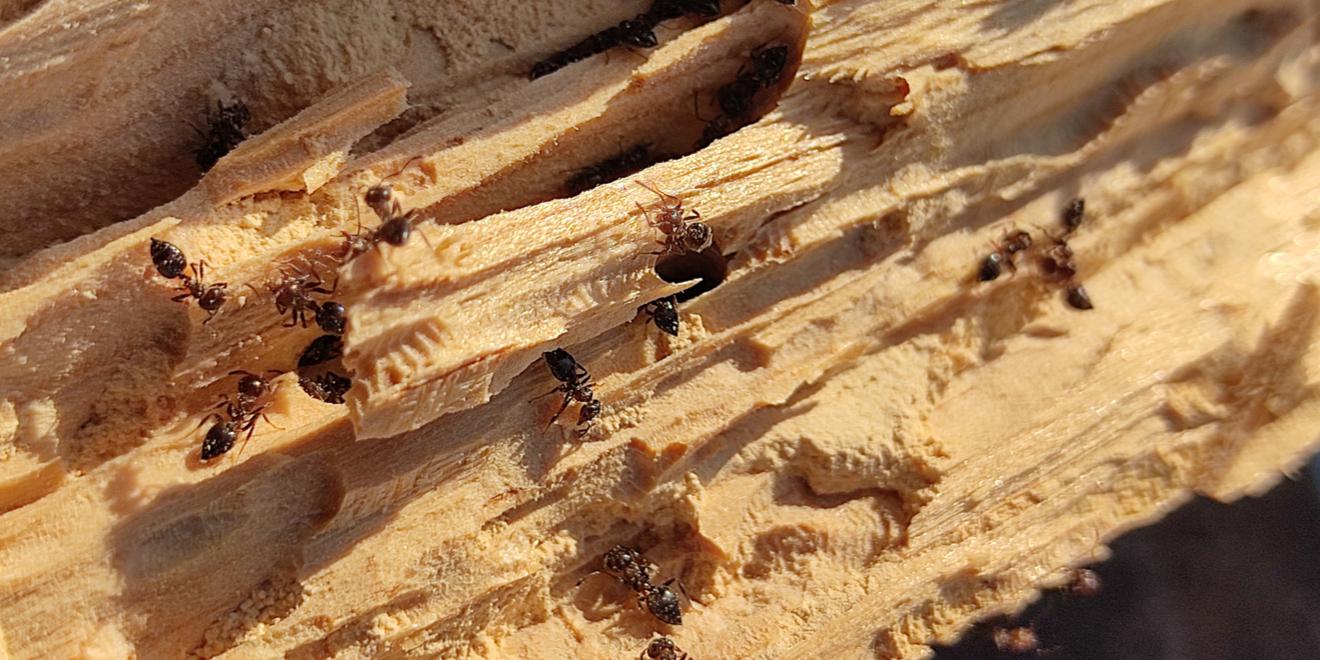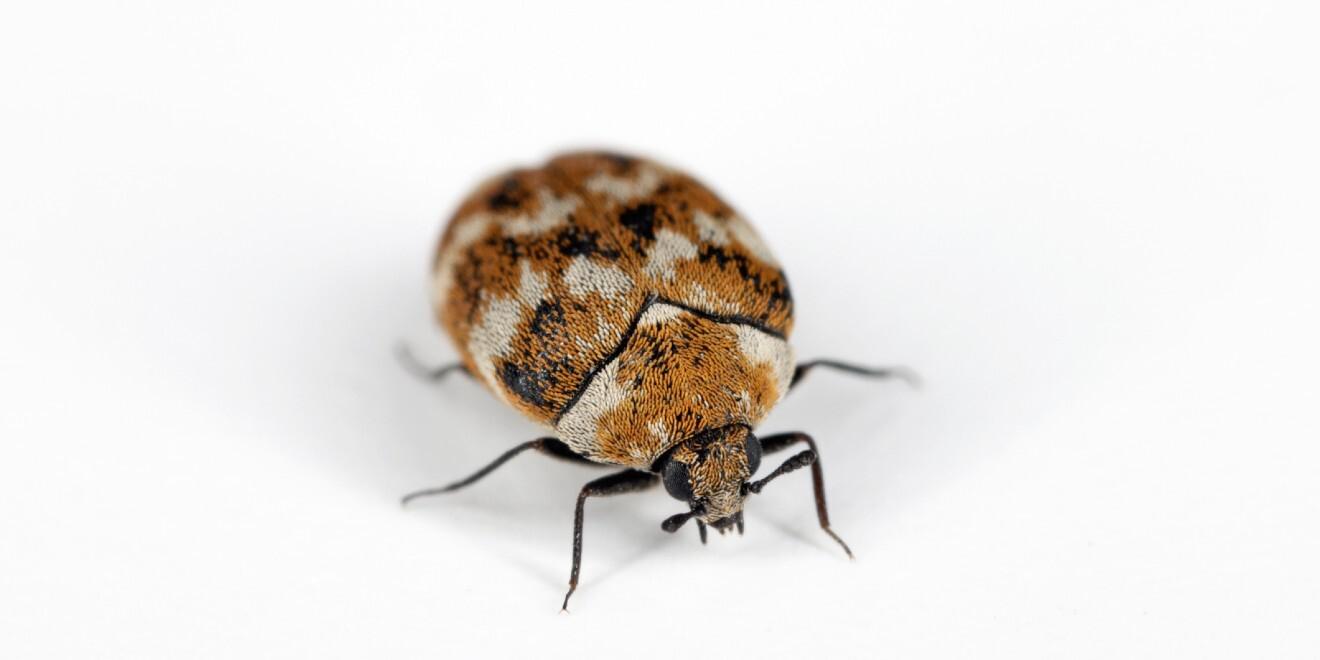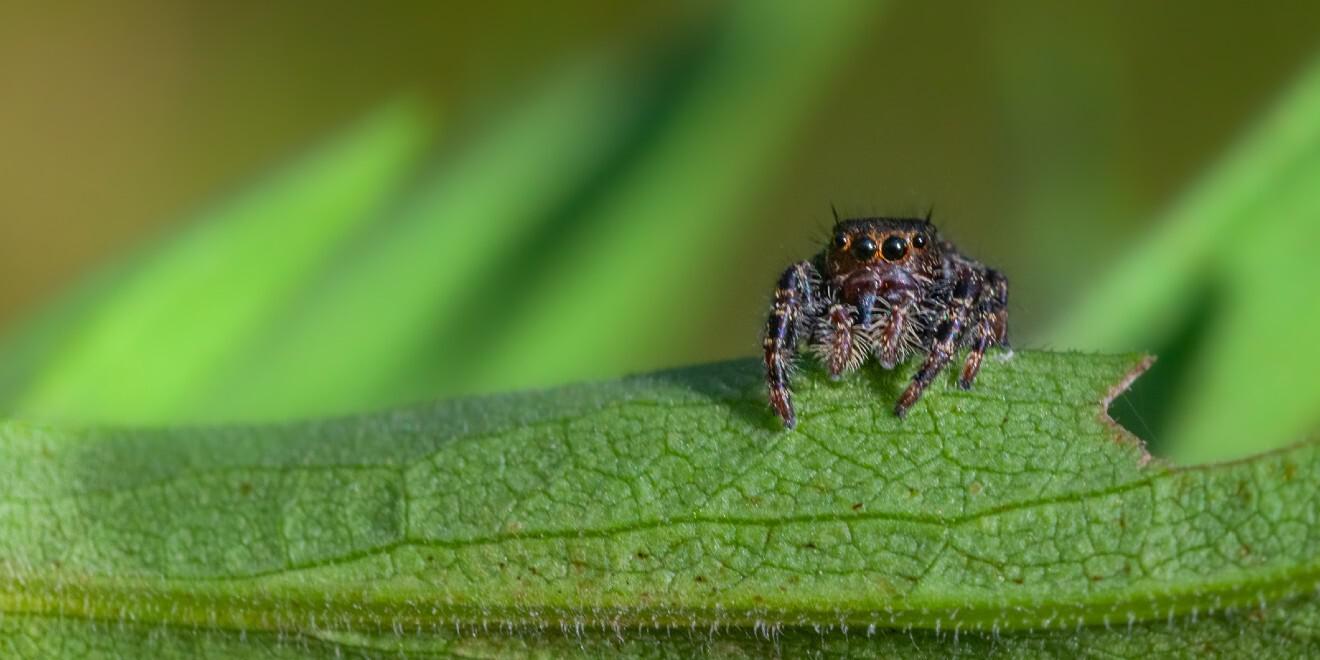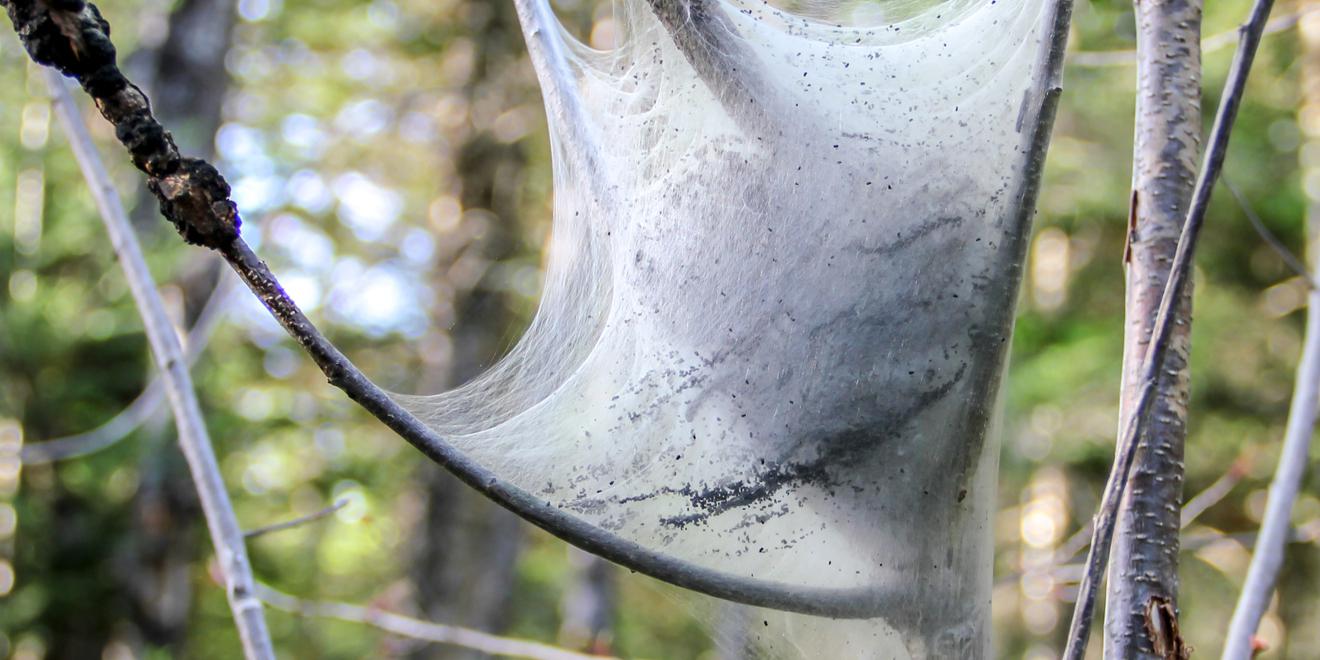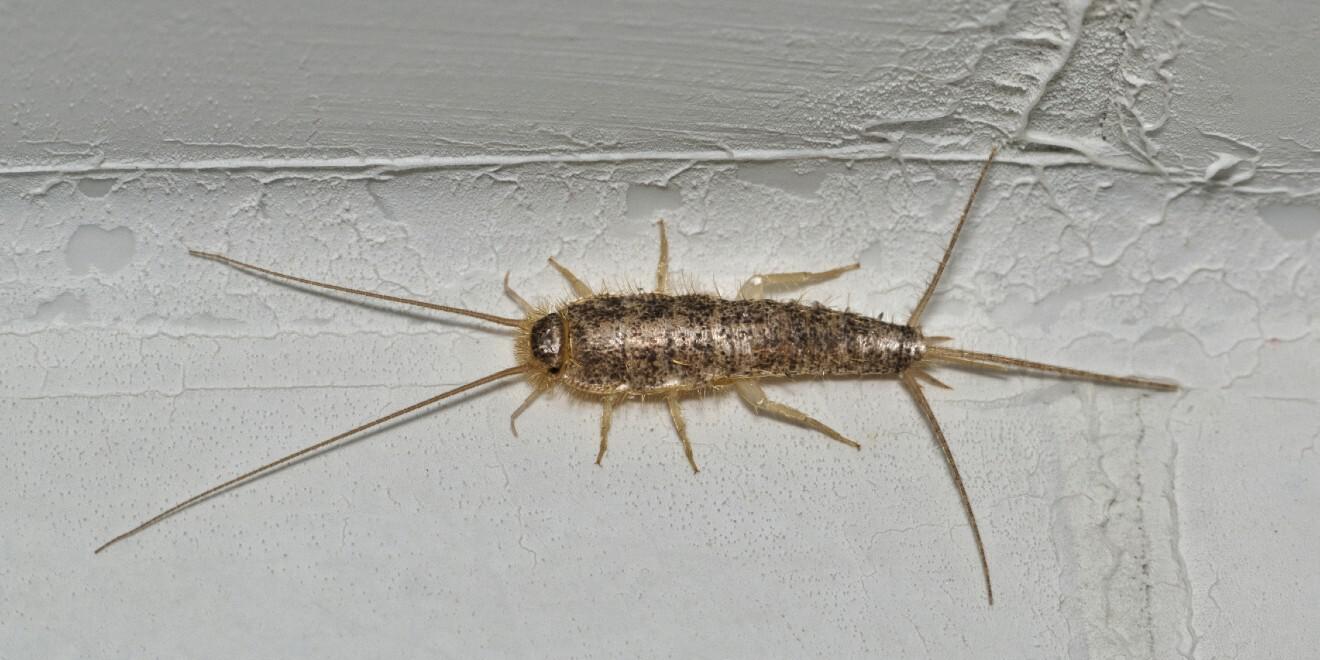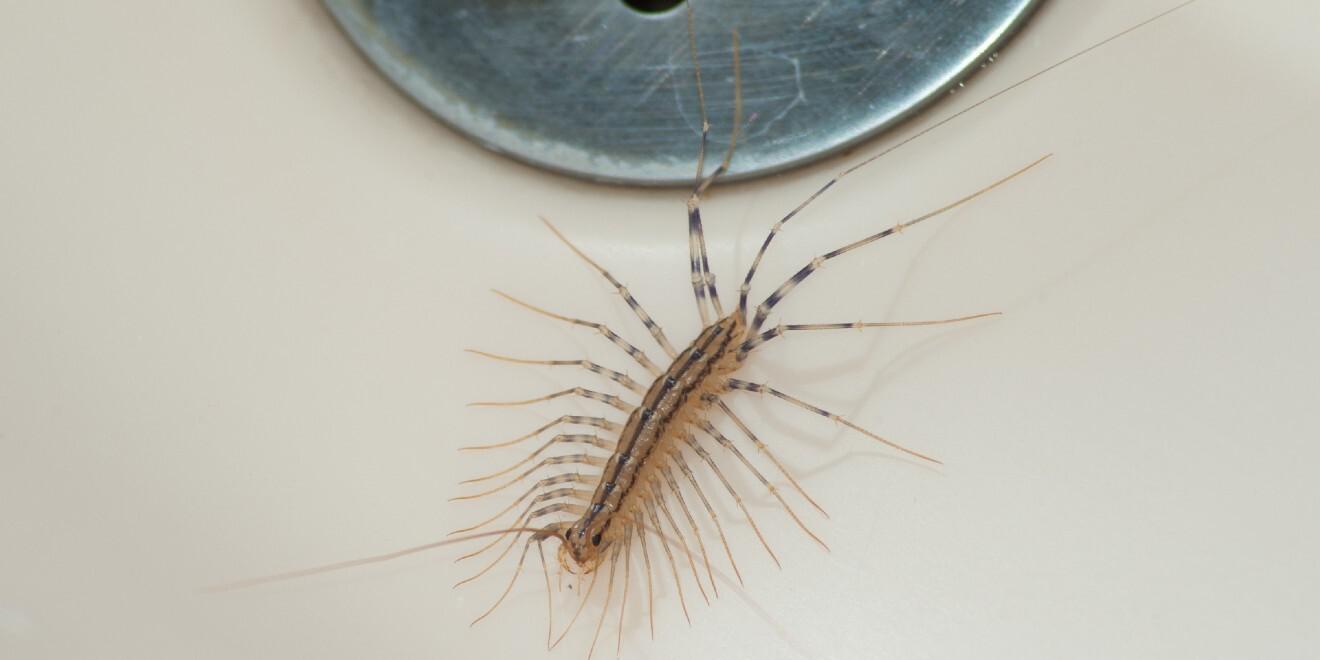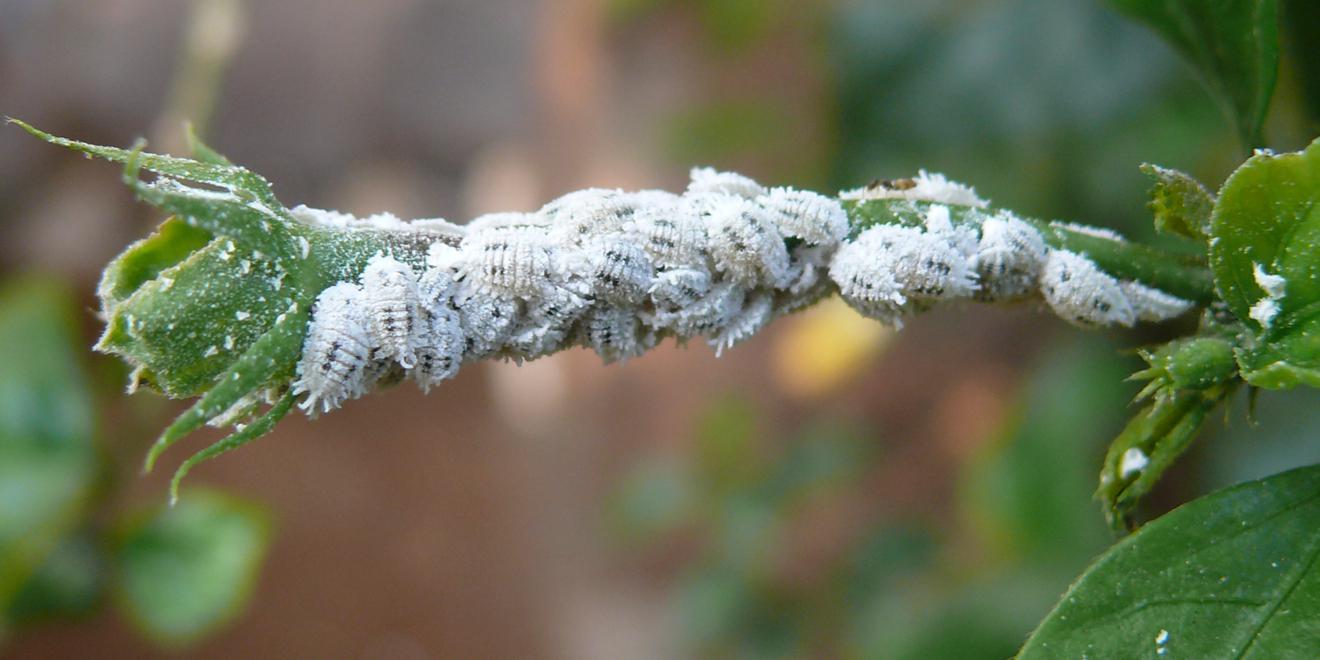What Huntington's Rat Problem Teaches Us About Infestations
Posted by Mosquito Squad
August 1, 2025
Recently, a rat infestation in Huntington, NY made headlines after residents captured video of dozens of rodents darting across lawns near West Carver Street. Just steps from restaurants and homes, the sight shocked locals and prompted a swift response from the Town of Huntington and the Suffolk County Department of Health. Officials are still working to locate the source of the outbreak.
While the footage may be new, many residents say the problem isn't. "Finally, somebody acknowledged and reported this," wrote one viewer on social media. "Every time I go down there, I see those rats. It's worse at night."
Situations like these don’t develop overnight. Rats need just three things to thrive: food, water, and shelter. When those are in steady supply—say, near dumpsters, alleyways, patios, or clogged storm drains—populations can explode quickly.
They key to Huntingon rodent control is prevention, not reaction.
Where do rats come from?
Rats are incredibly adaptive. In cities, they often shelter in sewers, basements, walls, and under decks. They nest in mulch beds, tall grass, crawlspaces, and storage sheds. They feed on garbage, pet food, compost, and even bird seed.
Once they find a good nesting site, rats breed quickly. A single female can produce up to 6 litters a year with 5–10 pups each time. It doesn’t take long for a handful of rodents to turn into dozens.
What are the signs of a rat infestation?
You might never see a rat during the day. But there are other signs to look for:
- Droppings near trash bins or along baseboards
- Greasy smear marks along walls
- Gnaw marks on wood, plastic, or food containers
- Scratching or scurrying noises at night
- Burrow holes around building foundations or sheds
If you notice any of these signs, it’s time to act.
Can I wait for the city to fix it?
In many areas, including Suffolk County, the answer is no. Town and county officials may investigate, but if the source is on private property, the burden will ultimately fall to the owner. That means local businesses, landlords, and homeowners need to take steps immediately.
Waiting can make the problem worse. Rodents spread disease, damage property, and create long-term sanitation issues. Plus, if your neighbors take action and you don’t, the rats might simply pack up and head to your home instead.
What can be done?
When it comes to rat control, there are three steps in the process:
- Inspection – A trained technician inspects for signs of activity, entry points, and attractants.
- Exclusion – Openings around pipes, vents, and crawlspaces are sealed. Clutter and food sources are removed.
- Treatment – Targeted baiting and trapping are used where rodents are most active.
This is what our Home Shield service delivers. We tailor each plan to the property, making sure rodents can’t find easy shelter or access to food.
Can rats be fully eliminated?
With persistence, yes—but it requires maintenance. Rodents are smart, and they return to areas with reliable shelter. That’s why regular inspections and preventive services are essential, especially for properties near restaurants, transit routes, or water sources.
Don't wait for headlines
Huntington’s rat problem is a reminder that infestations can escalate quickly. But with a proactive approach, you can stop problems before they start.
If you suspect rodent activity or want to safeguard your home or business, call on the professionals at Mosquito Squad. Call (631) 203-1252 or contact us online for a complimentary Long Island pest control assessment and quote.
Read about our 100% customer satisfaction guarantee!


